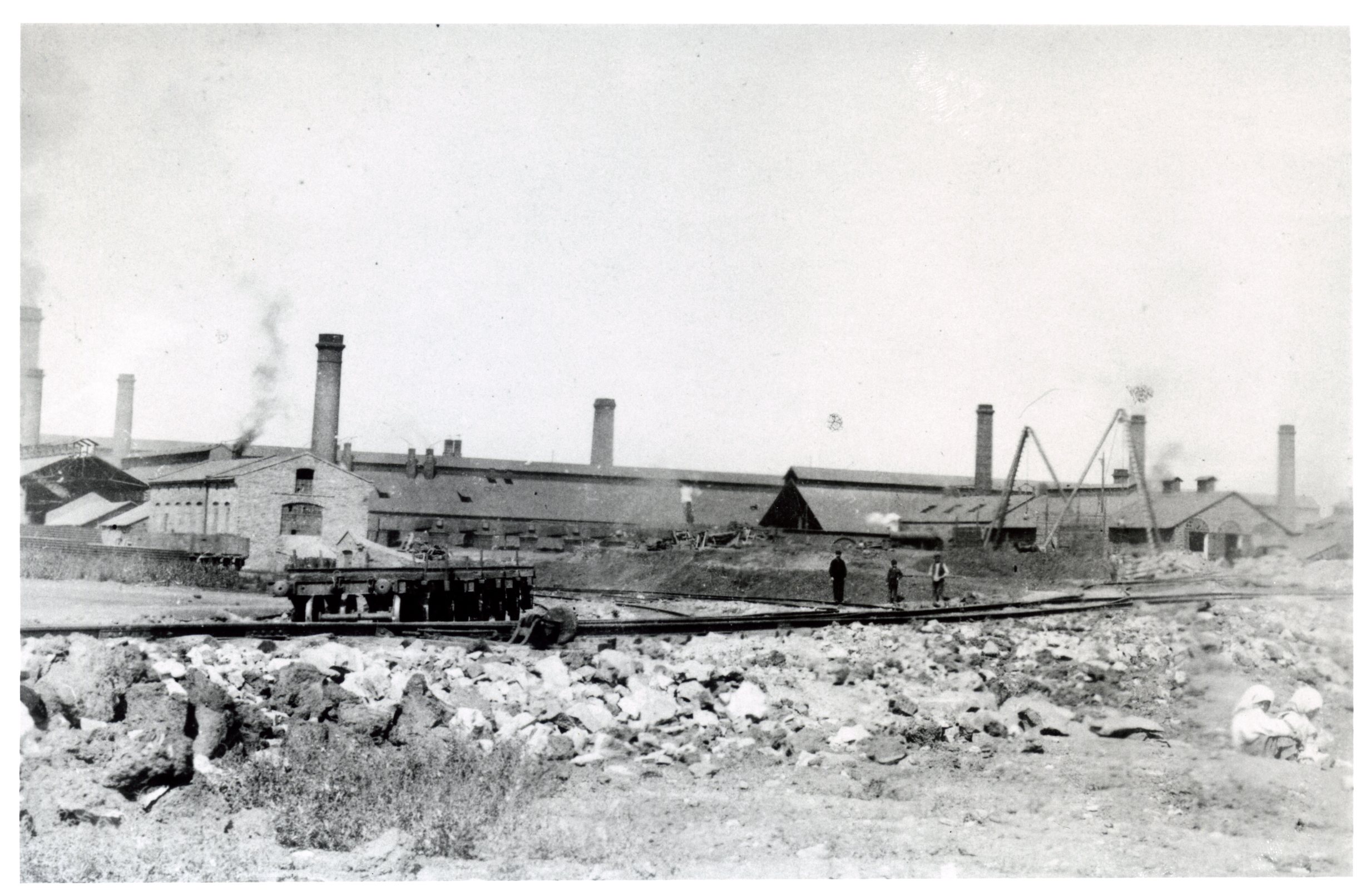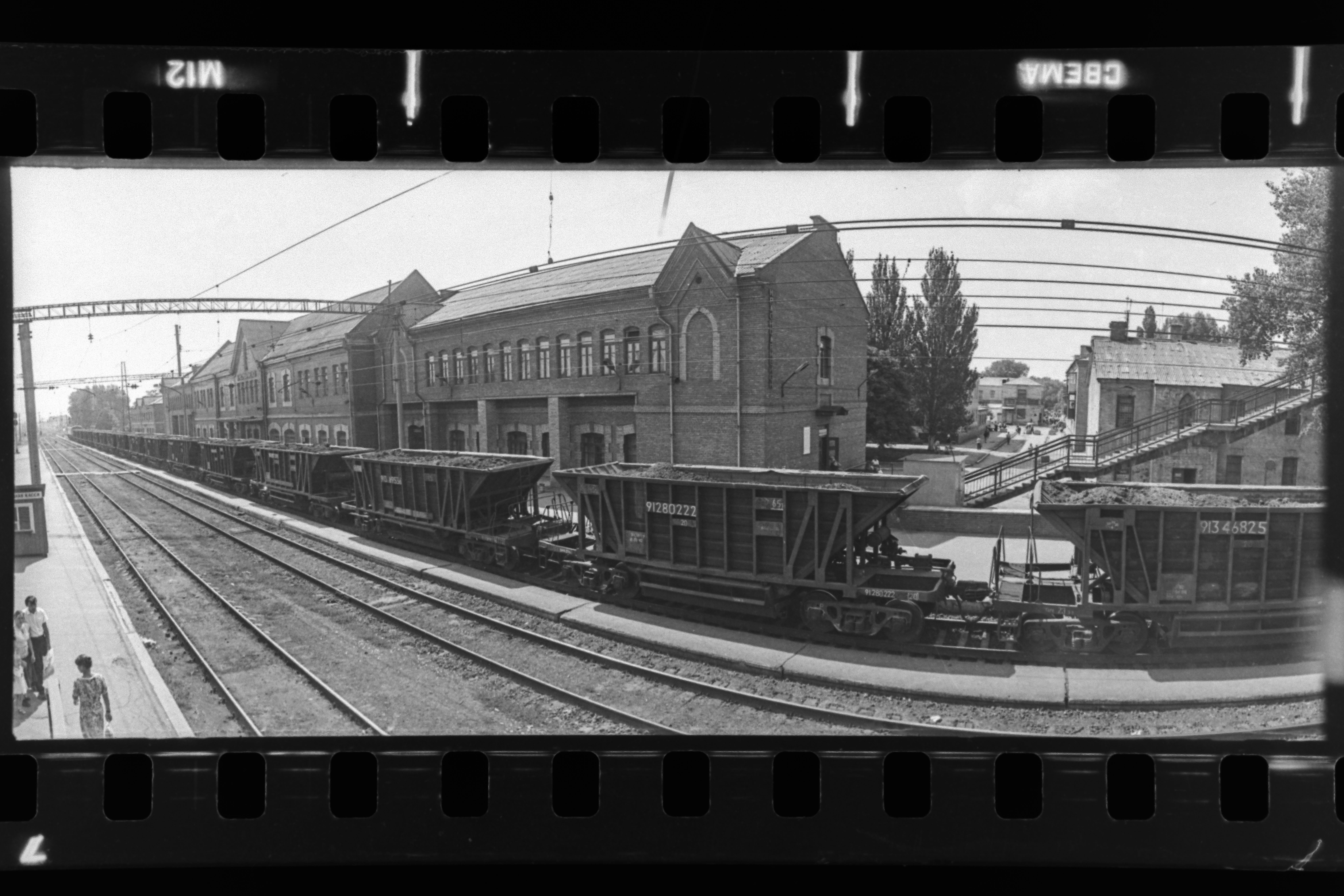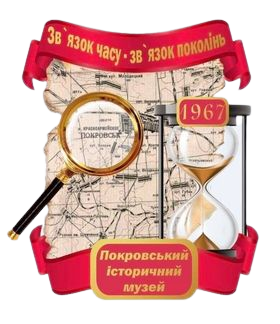The railway panorama is an important visual genre from the era of industrialization. These photographs often include trains travelling along railway tracks, as if cutting through virgin lands, drawing our gaze into the distance. Sometimes they show typical examples of railway buildings, marking the presence of the state. These tokens of the state infrastructure establish a shared cultural code even in the most remote locations. Researchers have suggested the term “railroad visions” to describe such photography: wide angles pull the spectator’s gaze beyond the horizon, the focus is on large buildings. Although there are but few people, it is hard to make out objects because of the speed of the movement, these images beam with the anticipation of the future and its prospects. These kinds of postcard images functioned as souvenirs from trips and as visual advertising encouraging workers to come and take jobs in places that were now much “closer” to urban centers thanks to the railway. People’s fear of this new means of transport was supposed to be allayed by photographs of bridges and roads under construction, which conveyed the reliability and achievements of engineering.

Manufacturing of railway tracks at the plant of the New Russia Company, before 1887. Source: Glamorgan Archives / DRLHM

Carriages with coal passing by the railway station in Pokrovsk (Krasnoarmiysk), 1990s. Photo: Mykola Bilokon /Pokrovsk Historical Museum
If previously the railway represented technical progress and the conquest of nature, today its progressive nature is described in terms of eco-friendliness and energy economy. Like other track-type forms of transport (such as trams), the railway produces less emissions than cars or airplanes. If in the 1950s to 1970s, governments and municipalities celebrated motor vehicles and enthusiastically constructed highways and junctions, today they are returning to railway transport and building new tracks. At the same time, and throughout history, the railway has not been as eco-friendly as it might seem now. It required a large range of metals, and thus, the extraction of fossil fuels. Diesel locomotives and steam engines ran on fuel that polluted the air. The railway still carries hazardous cargos that can pollute the environment in the case of accidents. Apart from this, railways compromise the sustainability of the landscape through noise pollution, thermal emission, vibrations, and more.

Rail sleepers on fire, after being replaced to modernize the track, 1991-1992. Photo by: Mykola Bilokon/Pokrovsk Historical Museum




